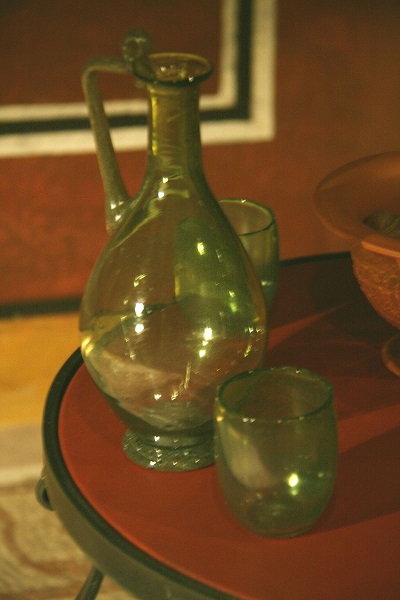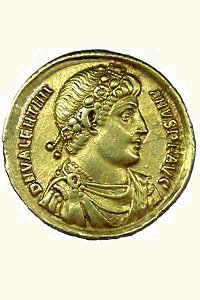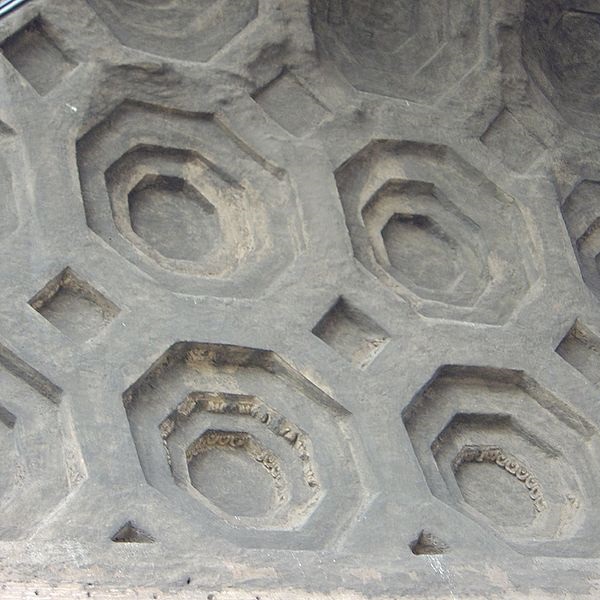Ancient Roman Glass before the Current Era
Updated on: 30 November 2025Reading time: 4 minutes
According to the ancient Roman historian Pliny (23–79 A.D.), Phoenician merchants moored on the River Belus discovered glass accidentally in Syria around 5,000 BC. Pliny describes how, by leaving cooking pots on blocks of nitrate near their fire, the merchants discovered glass as the blocks melted and mixed with the sand of the beach to form a non-transparent liquid. However, the first glass objects, mainly beads, date back to around 3,500 BC in Mesopotamia. The raw materials used for making glass were also used to create glazes on pots and vases. Phoenician merchants and sailors later spread glass-making techniques throughout the Mediterranean.
How Ancient Roman Glass was Made
Ancient Roman glass was made by mixing two ingredients: silica and soda. Silica is, in fact, sand composed of quartz. To make the silica melt at a lower temperature, the Romans used soda (sodium carbonate). The source of soda during this period was natron, a type of salt found in dry lake beds. Natron was imported from Egypt, from a place now called Wadi El Natrun, or “Natron Valley” in Arabic. Glassmakers would also use a stabiliser such as lime or magnesia. Lime was the primary stabiliser, and it was naturally present in beach sand. They would also use colourants if they wanted the glass to have a specific colour.
The production process began in large facilities containing great furnaces and vast tanks where the molten glass was poured. These large facilities then distributed the primary glass, broken into chunks, to smaller production workshops across the Empire.

Wikimedia Commons CC BY 3.0 |
Breakthrough in Glassmaking in the 1st Century A.D.
Initially, ancient Roman glass was mainly used to make vases, cups, pitchers, and other containers that held liquids. The glass was thick, heavily coloured, and not very translucent. It required extensive polishing and was also very expensive. Only wealthy people could afford to own cups made of glass.
The 1st century A.D. saw a revolution in glass production technology with the introduction of glassblowing. Glassblowing was invented by Syrian craftsmen from Sidon and Babylon between 27 BC and 14 AD. The ancient Romans adopted the technique, which consisted of blowing air into molten glass with a blowpipe, turning it into a bubble. The resulting inflated glass was thinner, more viscous, and easier to work with than the earlier, thicker glass.
Roman glassworkers also employed the mould-blowing technique. Molten glass would be placed at the end of a blowpipe and then inflated to take the shape of a carved mould, which could be made of wood or metal. This allowed the production of glass objects in a variety of shapes and on an industrial scale.
With glassblowing, glass became thinner, colourless, and translucent. The Romans produced glass industrially in various locations, and it also became cheaper. The average Roman could now afford to purchase it. It is estimated that a glass cup was worth less than a sestertius by the end of the 1st century A.D. There were different types of glass, and the higher-quality ones remained very expensive. It is worth noting that the finest Roman glass was produced by Syrians and Phoenicians.
The First Window Glass
Glass was also used to make mosaic tiles. Glassblowing and improvements in furnace technology enabled the production of molten glass suitable for creating the first window glass. It is worth noting that Roman houses did not have glass windows until the 1st century A.D.; rather, they had openings with shutters, very few of which faced the street for safety reasons. These early windows were often not very transparent, their primary purpose being simply to let light through.

